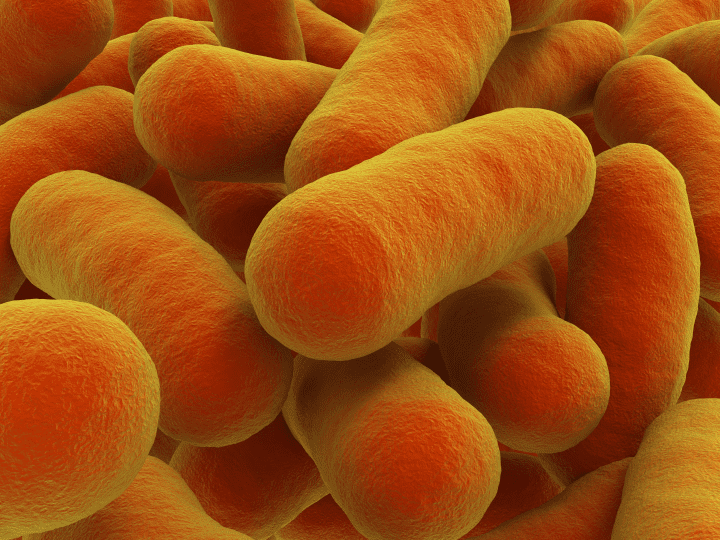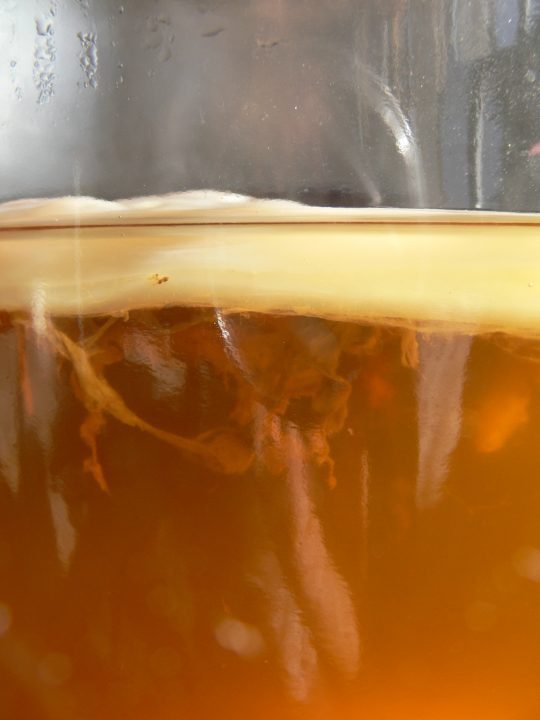Chemically Assemble Polymers
We might think that complex polymers are the result of human industrial ingenuity, but nature cornered the market on polymers billions of years earlier. Examples of biopolymers are proteins, carbohydrates, and genetic material. In contrast to human industrial processes, within a cell, ribosomes covalently bond amino acids together to form proteins.
Chemically Assemble Organic Compounds
Part of the reason that synthesis reactions (chemical assembly) can occur under such mild conditions as ambient temperature and pressure in water is because most often, they occur in a stepwise, enzyme-mediated fashion, sipping or releasing small amounts of energy at each step. For example, the synthesis of glucose from carbon dioxide in the Calvin cycle is a 15-step process, each step regulated by a different enzyme.
Coordinate by Self-Organization
To create and maintain a healthy community of individuals and ecosystems requires that living systems coordinate their activities. Coordination doesn’t necessarily mean that there’s a leader orchestrating what happens. In nature, coordination is usually achieved through self-organization. In a flock of geese flying in a V-formation, for example, there’s no lead goose controlling where all of the others fly. The flock uses this formation because each goose gains energy from air vortices created by the goose in front of it. The lead goose doesn’t gain that benefit, so when it tires, it moves back and another goose takes the front position.





